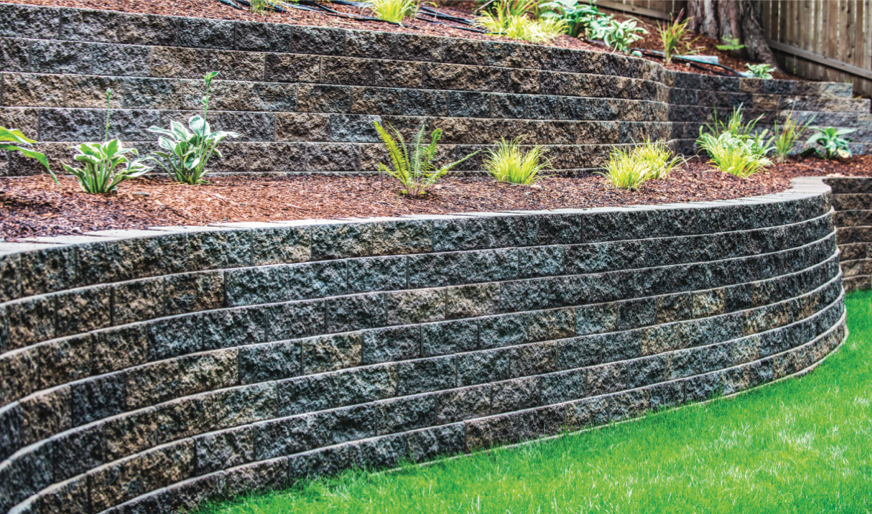Retaining walls play a crucial role in both the functionality and aesthetics of outdoor spaces. These structures are designed to hold back soil and create level areas in landscapes with sloping terrain. Whether used for practical purposes, such as preventing erosion or controlling water runoff, or as a design feature to add visual interest to a yard, retaining walls are an essential element of many landscaping projects.
There are various materials and styles to choose from when it comes to constructing a retaining wall, each with its own advantages and considerations. From traditional brick and stone walls to modern concrete or timber designs, retaining walls can be customized to suit the specific needs and preferences of any property owner. In this article, we will explore the different types of retaining walls, their uses, and important factors to consider when planning and building these structures in your outdoor space.
Types of Retaining Walls
When it comes to constructing retaining walls for your outdoor space, there are several types to choose from, each with its own unique characteristics. Traditional materials such as brick and stone can offer a classic look that blends well with various landscaping styles. On the other hand, modern options like concrete or timber provide a contemporary touch and can be easily customized to fit the specific requirements of your property. For properties facing challenges like limited space or difficult terrain, a sheet pile retaining wall may be the ideal solution. This innovative design offers strength and durability while requiring minimal excavation, making it an efficient choice for both residential and commercial projects.

Considerations for Building Retaining Walls
When planning the construction of retaining walls in your outdoor space, there are several important factors to consider. First and foremost, it’s crucial to assess the soil composition and drainage conditions of your property to determine the most suitable type of retaining wall for your needs. Additionally, local building codes and regulations must be followed to ensure that the structure is safe and compliant. Whether you opt for a traditional brick wall or a modern concrete design, proper installation techniques and regular maintenance are essential to ensure the longevity and functionality of your retaining walls. Consulting with a professional contractor can help you navigate these considerations and create a durable and visually appealing outdoor space that enhances the overall value of your property.
In conclusion, retaining walls are a versatile and practical addition to any outdoor space, providing both functional and aesthetic benefits. With a wide range of materials and styles to choose from, property owners can customize their retaining walls to suit their specific needs and preferences. However, when planning the construction of retaining walls, it is important to consider factors such as soil composition, drainage conditions, building codes, and proper installation techniques to ensure the durability and safety of these structures. By working with a professional contractor and carefully considering these aspects, property owners can create a beautiful and long-lasting outdoor space that enhances the value and usability of their property.

Leave a Reply